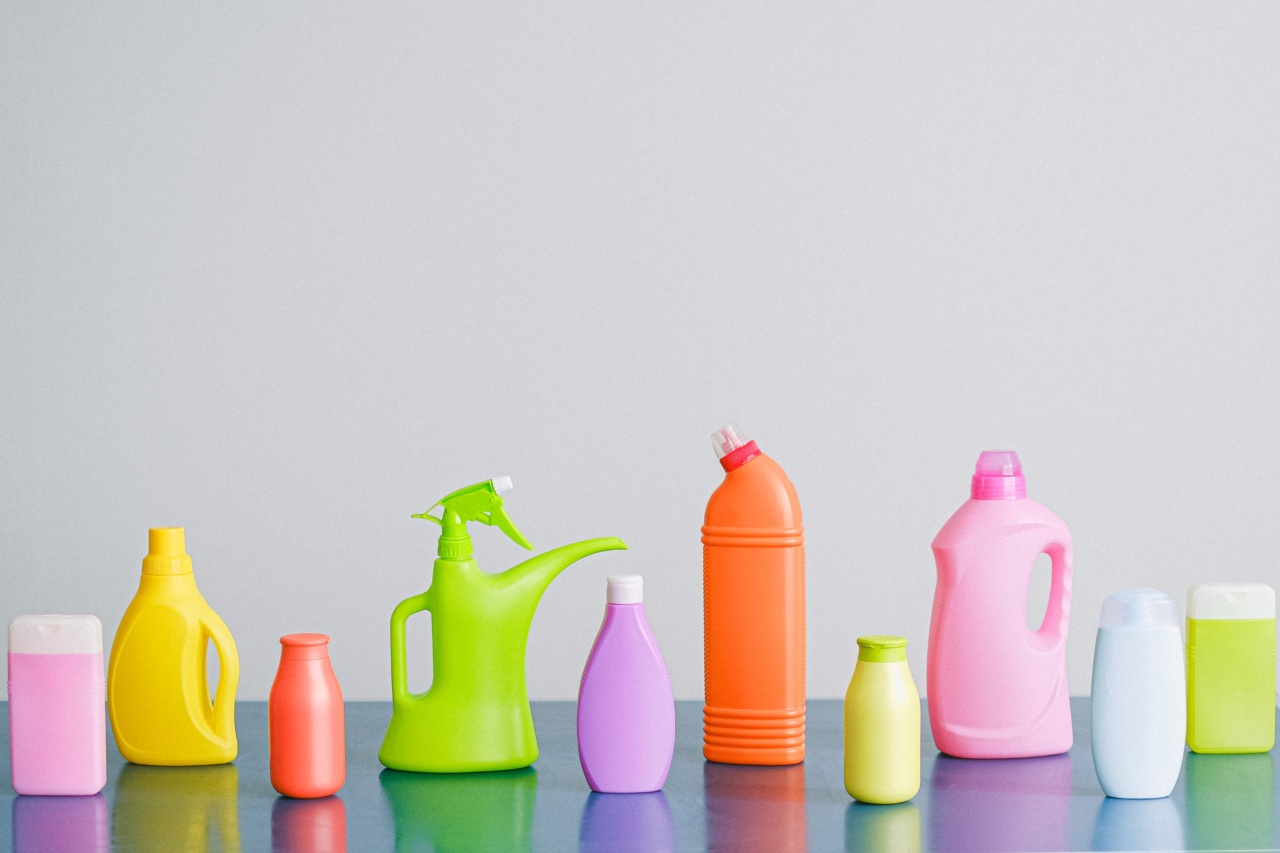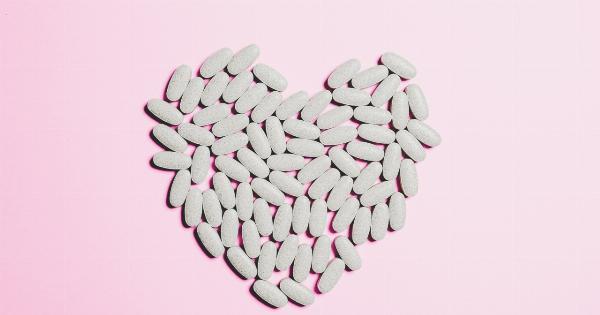The use of antibiotics has been a revolutionary discovery in the field of medicine, successfully eradicating many diseases that were once fatal.
However, the overuse and misuse of antibiotics have resulted in a growing number of antibiotic-resistant bacteria. The World Health Organization has already identified antibiotic resistance as one of the top threats to human health and well-being.
Many studies have shown that the use of antibiotics plays a significant role in the development of antibiotic resistance among bacteria. However, chemicals can also contribute to antibiotic resistance, and they can be found in everyday products.
What Are Chemicals in Everyday Products?
Chemicals are substances that consist of molecules that are either naturally-occurring or synthetic. Chemicals in everyday products refer to the ones that are commonly found such as cleaners, personal care products, and pesticides.
Many chemicals are also added to the production of food and beverage products. These chemicals are usually found in trace amounts, but they can accumulate over time and lead to health concerns.
How Chemicals Contribute to Antibiotic Resistance?
Chemicals can contribute to antibiotic resistance in several ways. First, chemicals can kill bacteria that are susceptible to antibiotics, leaving antibiotic-resistant bacteria to survive and multiply.
Some chemicals can also disrupt the balance of the microbiome, which is the collection of microorganisms that live in and on the human body. The microbiome is essential to good health and plays many roles, including aiding digestion and protecting against harmful invaders.
Chemicals that disrupt the microbiome can create an environment that is conducive to the development of antibiotic-resistant bacteria.
Moreover, some chemicals can interfere with the cell walls of bacteria, making them more resistant to antibiotics.
Some chemicals can also activate genes responsible for antibiotic resistance, allowing bacteria to produce enzymes that can neutralize antibiotics.
Examples of Chemicals in Everyday Products That Contribute to Antibiotic Resistance
Triclosan is a chemical found in many personal care products such as soaps, toothpaste, and mouthwash. It is also found in some cleaning products, such as dish soap, laundry detergent, and hand sanitizer.
Triclosan has been shown to cause alterations in the microbial composition of the human gut, leading to the development of antibiotic resistance. Triclosan can also weaken the cell membrane of bacteria, making them more resistant to antibiotics.
Chlorine is another chemical that is commonly used in the production of water used for drinking and swimming pools. Chlorine has been shown to cause mutations in bacteria, leading to the development of antibiotic resistance.
Phthalates are a class of chemicals found in many personal care products such as shampoo, body wash, and lotion.
Phthalates have been shown to increase the activity of genes that are responsible for antibiotic resistance, making bacteria more resistant to antibiotics.
Another chemical that contributes to antibiotic resistance is glyphosate, which is found in herbicides such as Roundup.
Glyphosate has been shown to increase the release of antibiotic-resistant genes in bacteria, making them more resistant to antibiotics.
Conclusion
Antibiotic resistance remains a significant threat to public health, and the misuse and overuse of antibiotics are only partly responsible. Chemicals in everyday products can also contribute to the development of antibiotic resistance among bacteria.
It is essential to regulate the use of chemicals in everyday products, encouraging manufacturers to use safer alternatives and increasing public awareness of the risks associated with their use.






























